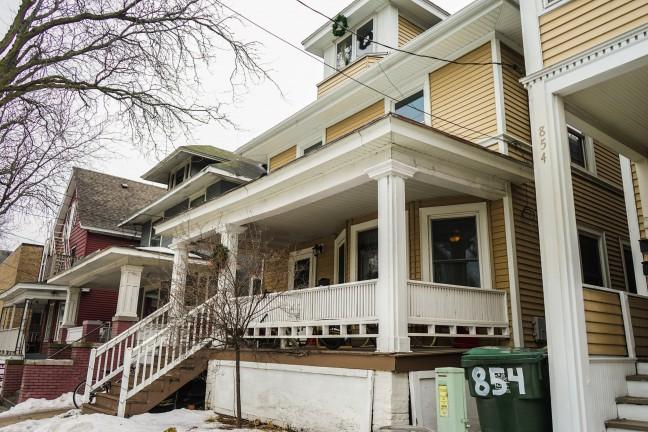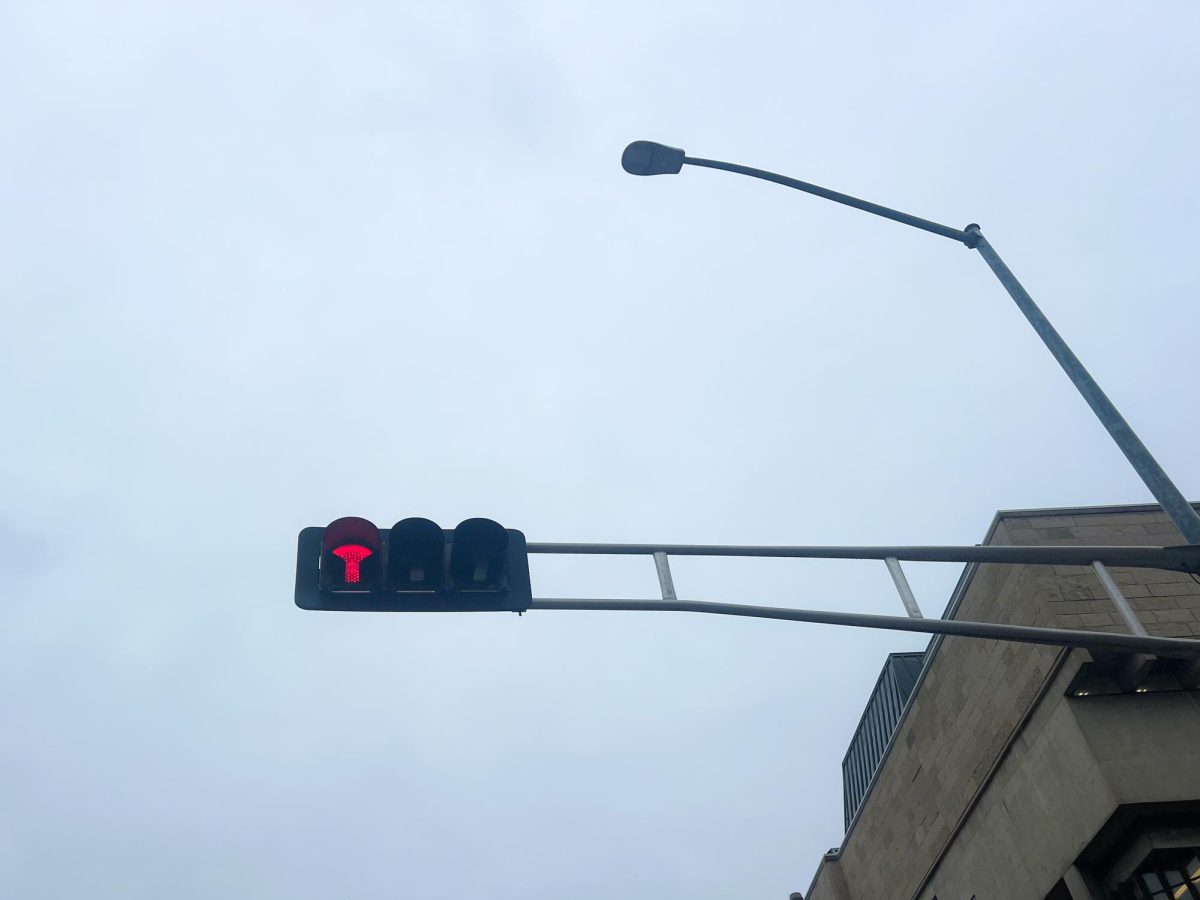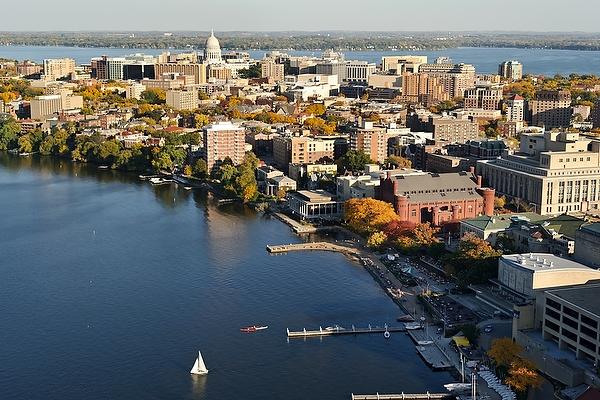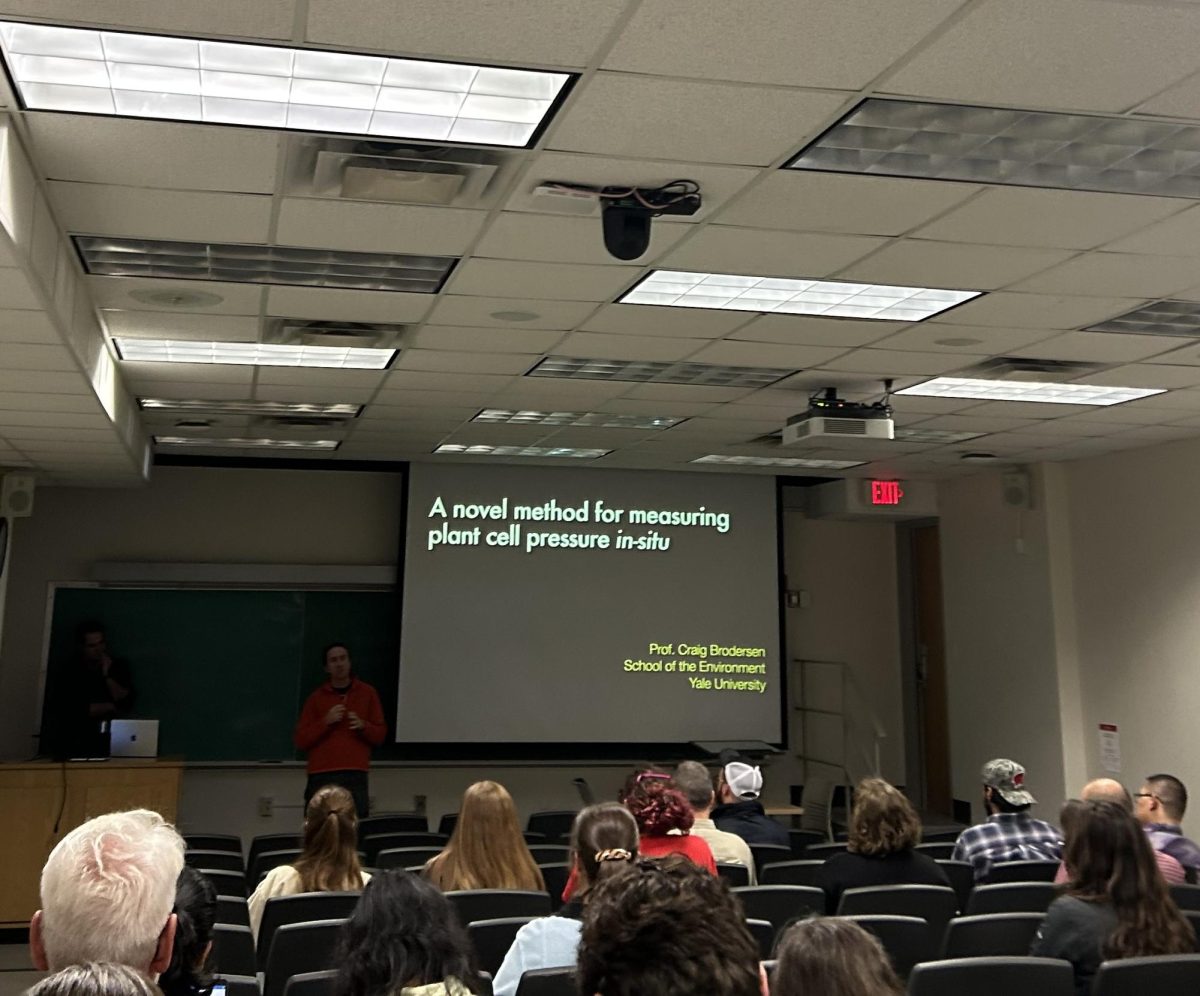The City of Madison Common Council’s Transportation Policy and Planning Board approved an ordinance Tuesday, Jan. 17, creating a Transit-Oriented Development Overlay Zoning District.
The district is part of a project that aims to create housing along upcoming routes for the bus rapid transit lines, according to the Wisconsin State Journal.
The overlay zones will include portions of both local historic districts and national register historic districts, according to the project’s most recent amendment.
But homeowners in historic districts have expressed concerns that this project puts the character of their neighborhoods is at risk, according to The Cap Times.
The project aims to address the city’s longstanding housing crisis — specifically as this crisis pertains to a lack of affordable housing, according to Director of the City Planning Division Heather Stouder. This project provides the opportunity for the slow, incremental addition of housing, Stouder said.
While some have expressed concerns about changes to their neighborhoods, these changes won’t occur unless initiated by a property owner, Stouder said.
“Whether that be a basement unit or an addition to the home to allow space for another household to occupy,” Stouder said. “These are major investments. No one’s going to proactively go out and add these housing units. It’s going to be one-by-one decisions made over time.”
Though some homeowners have concerns with the execution of this project, it is important to consider the interests of both renters and homeowners — especially given that Madison is a majority renter city, State Rep. Francesca Hong said.
The approved TOD overlay will create compact, mixed-use communities centered around high quality transit systems. It should allow easy access to jobs and services and create a livable and sustainable community, Hong said.
Three stranger sexual assaults in Greenbush neighborhood under investigation
Before the vote Tuesday, a debate over whether to delay the ordinance ensued for three hours. The University Hill Farms National Register Historic District in particular voiced their opinions over the ordinance, specifically concerned on the character of their neighborhoods, according to the Cap Times.
Stouder also said the city must appeal to all types of residents, further indicating the need for more affordable housing.
“The affordable housing or the income restricted housing is often the toughest to make work economically,” Stouder said. “That’s where the city, the county and others come into play and help by subsidizing those projects so that we can see more of that happen, particularly in areas that are well served by transit.”
There’s a need to improve transit reliability and shorten travel times. Reducing congestion and adding more zones can bolster this, according to the City of Madison.
Madison is projected to have over 100,000 new residents between 2020-2050, according to a presentation by the City of Madison. The zoning code will provide more opportunities for housing development and other land uses within close proximity of transit, according to the presentation.
Over time, residents should gain more opportunities to use transit as a primary mode of transportation. This should make it a more viable option in the city, according to Stouder.
Madison, home to the University of Wisconsin, small businesses and a creative economy, is unique, Hong said. Not everyone involved in these industries are single-family homeowners.
“It’s important that the voices of single-family homeowners are not louder than those who rent or are looking to rent,” Hong said. “I understand as a former homeowner in this city. To know that you’ve made such a large investment and then have threats to that investment. The reaction is understandable. But collectively, if we don’t start making changes for housing in our city, it’s going to make us less safe and less welcoming.”
This ordinance is just the start to improving the housing crisis, as Madison continues diversifying its housing stock in order to fix the overpopulation, according to Hong.
It allows the area to build a culture unique to other cities. There is a history of redlining that has created a form of segregation between different areas of the state’s capitol. These changes open opportunities for Madison residents to “better coexist” and look at more long-term sustainability, Hong said.
“I think a lot of the concerns stemmed from the thought that this would just happen all of a sudden, that the whole neighborhood would change within the next couple of years and we don’t think that that’s going to be the case,” Stouder said. “We think it will provide an opportunity for some change in the coming decades.”













